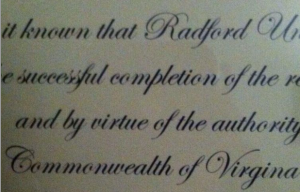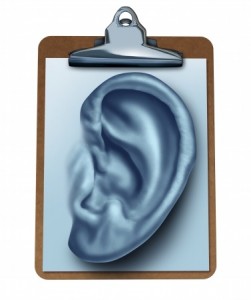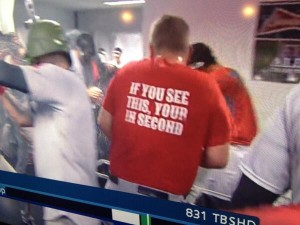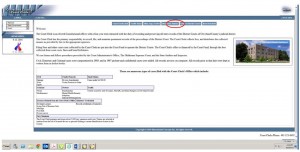
Image credit: auremar / 123RF Stock Photo
One of the important pieces of proofreading is making sure your document looks good (in addition to being accurate). Here are some tips for aesthetically pleasing documents:
- Avoid widow and orphan lines. Those are the single lines or words at the top of a page (widow) or at the bottom of the page (orphans). Use the Word para widow orphan control feature to keep the widows and orphans away.
- Check to see if the entire document is justified or not justified. Particularly where there is a lot of cutting and pasting or different people working on the document, you may see that some paragraphs are justified while others are not. Consistency is what matters. Decide which to use and make sure all the paragraphs are that style
- Is the spacing even? Some paragraphs could be double, some could be 24 space, some could be 1.5 lines. To some people, that would all look “close enough,” but to someone checking how a document looks, you will notice that (and judges and opposing counsel may well notice it too).
- Are the margins even on every page? Make sure the margins match paragraph to paragraph and page to page. Something I see a lot is where someone pulls the right hand margin in for a quotation and it doesn’t get changed back to the original margin.
- Do the headings line up at the same tab stop consistently throughout the document and are they numbered consecutively? This is an important step in the process. Sometimes one last run through just to check paragraph numbers is worth it. It is much better than opposing counsel saying in a motion that they object to Paragraph, well we don’t know what it is because there are two Paragraphs numbered 3 and no number 5. It is best to set up styles and number that way, but no matter which way you go, at least check it.
- If you, the author, or the client insists that a document line up with pleading paper line numbers, try to get it there. It takes time and can be highly frustrating, but you can get close. And it really does look much nicer to have it all aligned with the numbers (and it is easier to refer back in a subsequent document to a page and line number if necessary).
Following these steps will help you have a document that looks like someone cared enough to make it look right–because YOU cared.


 Follow
Follow







